Debunking 10 Common Myths Surrounding the Moon Landing
Written on
Chapter 1: Introduction to Moon Myths
The subject of lunar conspiracies has been revisited frequently, despite previous commitments to avoid it. Nonetheless, discussions regarding the Apollo missions and their alleged fabrications continue to resurface in comments on related articles. This piece will explore ten of the most commonly circulated myths pertaining to the U.S. lunar program. Let’s dive in.
Myth 1: The Flag Appears to Wave
Claims have been made that the flag appears to flutter due to the presence of a "moon wind," supposedly indicating that the footage was filmed in an atmosphere. This assertion raises eyebrows, especially since proponents of this theory also suggest that the filming took place in Hollywood studios. If that were the case, where would any wind come from in a controlled environment? It seems logic has been disregarded here.
Upon closer inspection of the flag installation footage, it becomes evident that the flag’s movement is solely caused by physical interaction—when someone touches the flag, the pole, or the frame that holds it horizontally. Quite a peculiar "moon wind," indeed, perfectly timed with human contact.
Section 1.1: Myth 2 - Stars Are Invisible
In reality, stars should not be discernible on the sunlit side of the Moon. I've elaborated on this in a separate article. The assertion that lunar photographs lack stars is misleading; some images reveal the brightest stars.
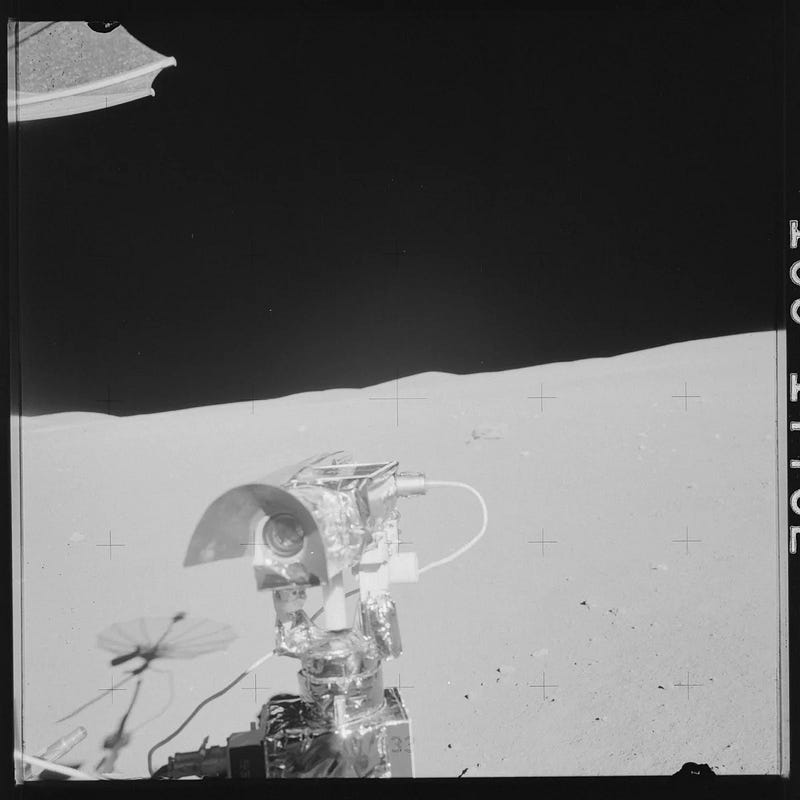
Photo Taken During Apollo-16 Showing About 10 Stars
The same high-resolution photo: [link]
Astronauts aboard the ISS report similar experiences; stars are visible only when the station is in Earth’s shadow, with only the brightest stars appearing on the sunlit side.
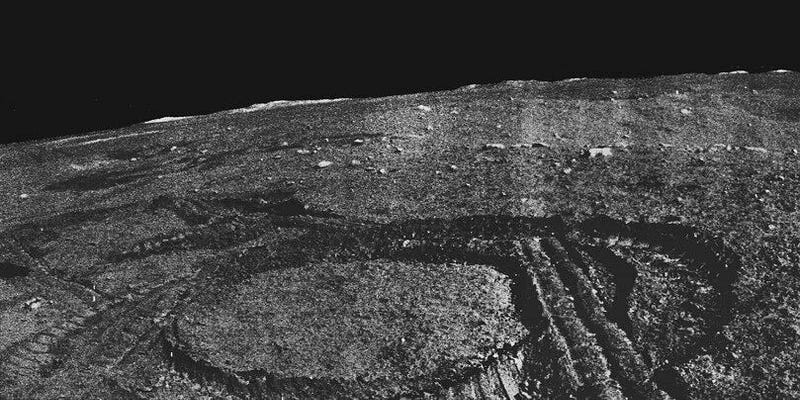
Section 1.2: Myth 3 - Footprint Discrepancies
This myth suggests that the footprints on the Moon do not align with the spacesuit soles. It’s often illustrated by images that misrepresent the situation.
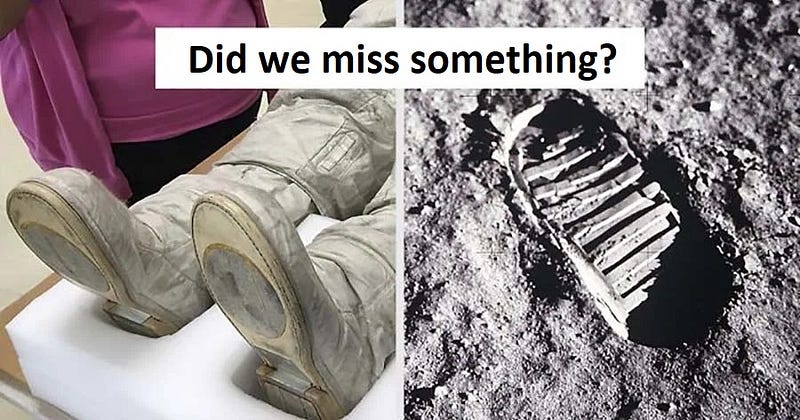
In reality, astronauts used specialized moon boots with ribbed soles before stepping onto the lunar surface.
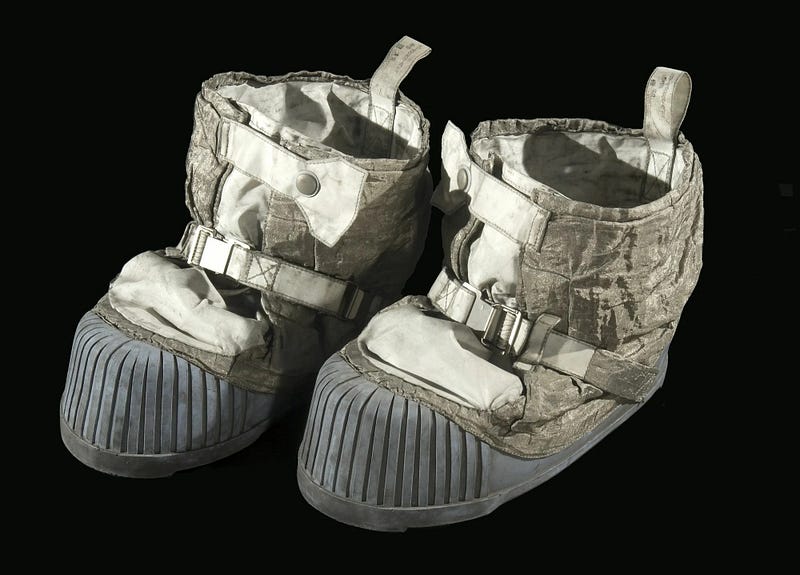
These boots were designed not only to protect the spacesuits from potential damage due to sharp rocks but also to enhance grip and stability.
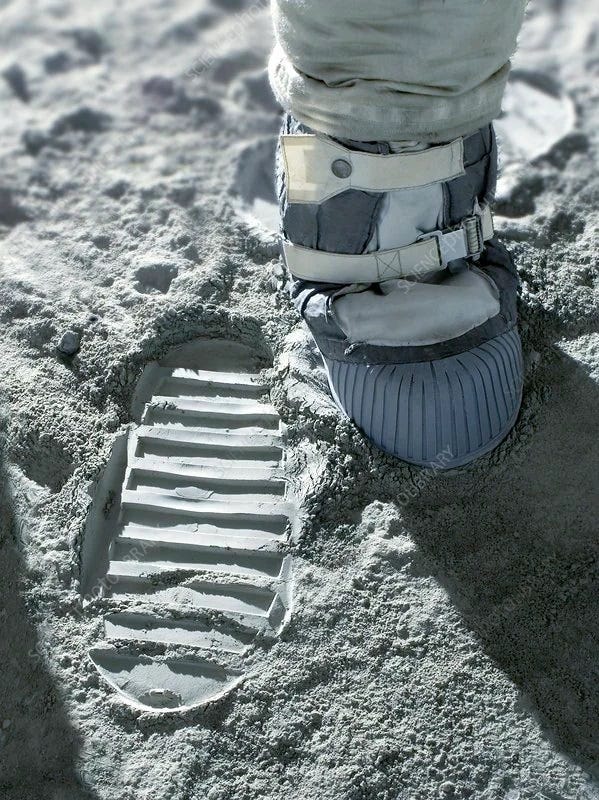
A detailed examination of images showing astronauts' footprints reveals that the soles of their boots correspond perfectly with the prints left behind.
Myth 4: Spacesuits and Sanitary Measures
Another myth suggests that astronauts wore their spacesuits throughout the entire mission, using diapers to manage bodily functions. This belief is fabricated, as NASA has never claimed this to be the case.
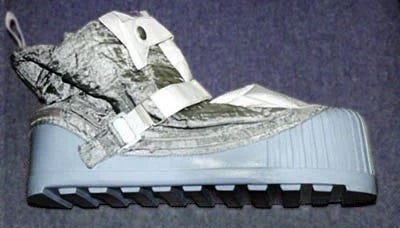
In reality, astronauts had a system for managing waste, utilizing a unique tube for urination that expelled waste into space. Solid waste was collected in special bags, which were discarded upon landing.
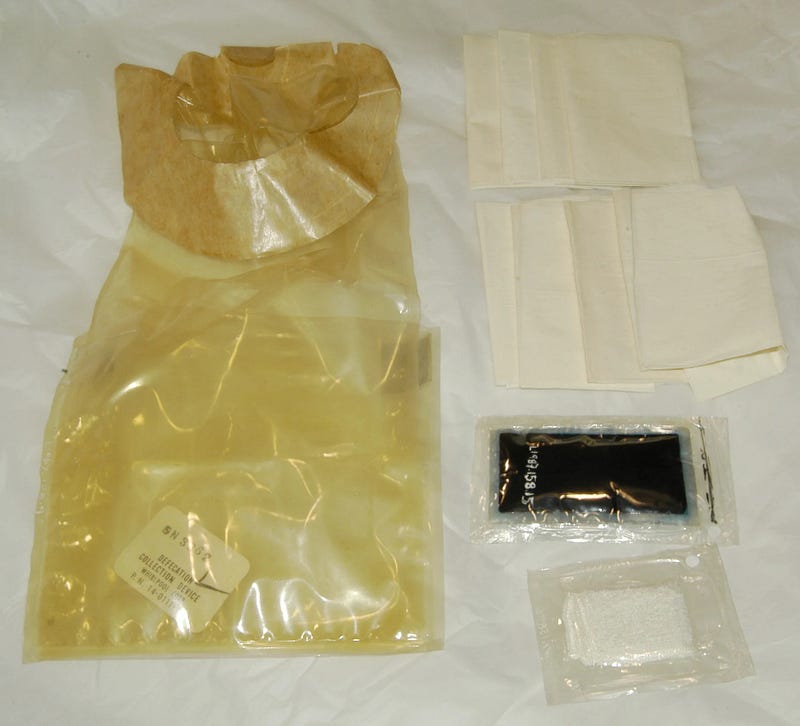
While diapers were indeed worn, they were only necessary during lunar excursions.
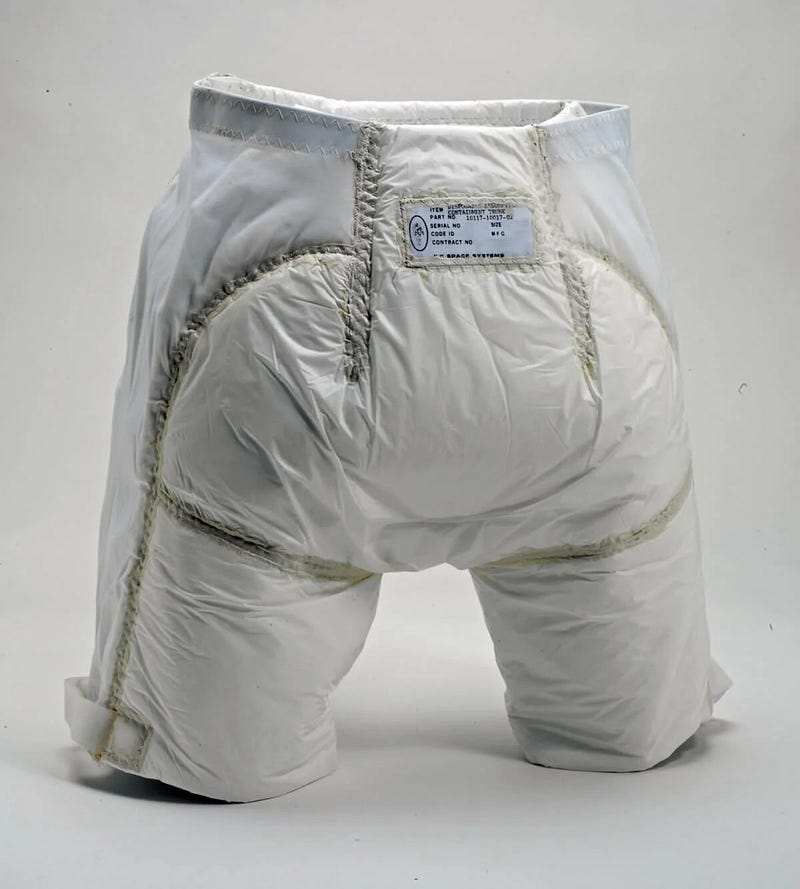
Myth 5: Post-Flight Condition Comparisons
A frequent assertion is that American astronauts returned in good shape, while their cosmonaut counterparts required stretchers. This comparison lacks context.
The difference in physical state is understandable given the duration of their respective missions. Ten to twelve days in low gravity isn’t sufficient for muscle atrophy, as evidenced by many short-duration flights.
Myth 6: Van Allen Radiation Hazards
Another prevalent myth claims that radiation from the Van Allen belts would be fatal for astronauts. This narrative often relies on sensationalized articles filled with complex graphs and alarming images.

Instead of debating scientific inaccuracies, it’s crucial to consider practical evidence. Prior to American missions, Soviet scientists used crafts that orbited the Moon and found no radiation risk during periods of low solar activity.
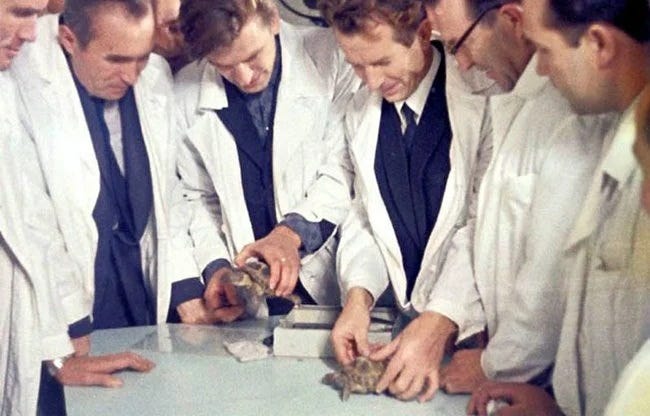
Myth 7: The Disappearing Blueprints
Some conspiracy theorists maintain that NASA has lost the blueprints for the Saturn V rocket and the lunar module. This myth originated from a misinterpretation of a statement made by author John Lewis regarding his request for documentation.
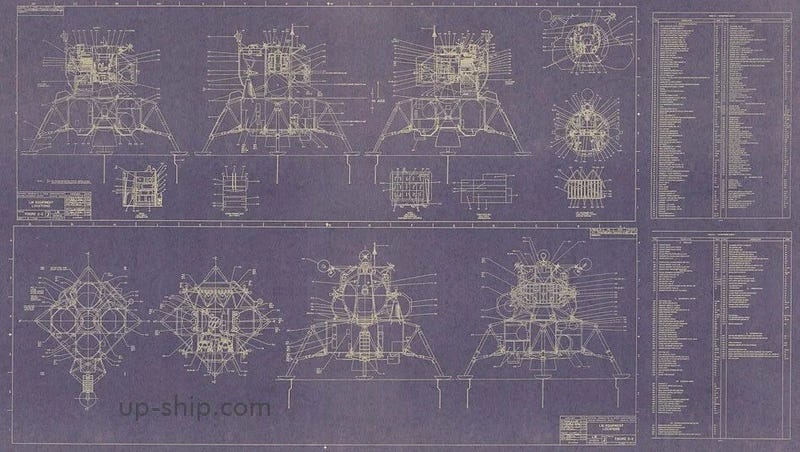
In fact, extensive documentation related to the Apollo program is preserved at several institutions, including the Marshall Space Flight Center.
Myth 8: Engine Production Myths
It’s often claimed that the U.S. relies on Russian engines for space travel. This assertion overlooks the fact that the U.S. has its own engines, albeit at a higher production cost.
American-made engines are used for the majority of launches, while Russian engines account for only a small fraction of missions.
Myth 9: Lunar Soil Samples
There’s a belief that lunar soil samples have vanished and that Soviet scientists never examined them. This is entirely false; lunar soil was sent to the USSR on multiple occasions.
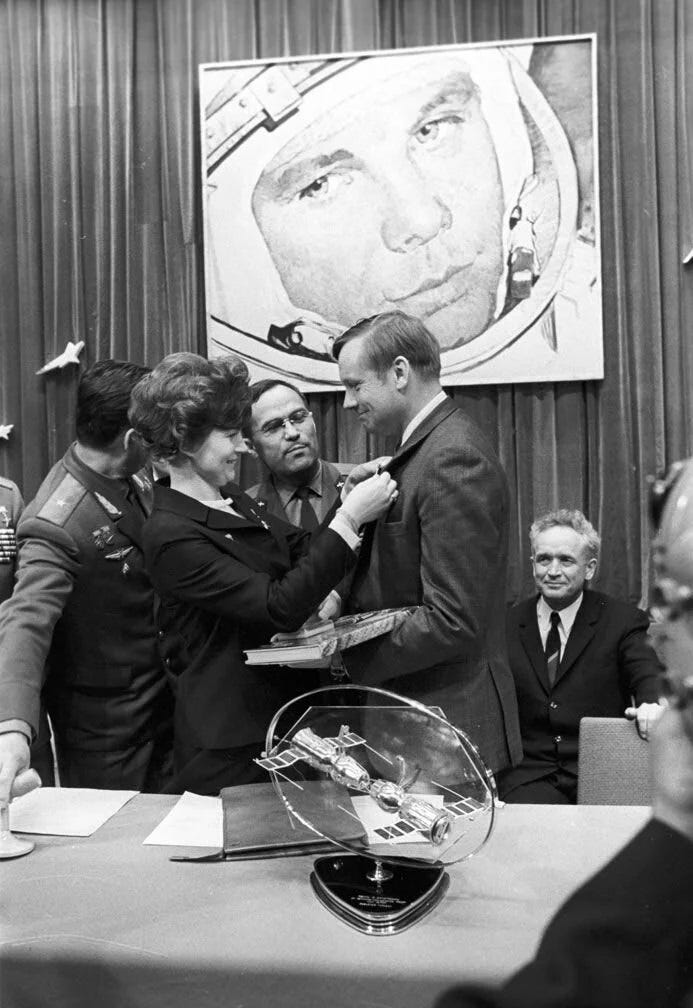
The lunar soil samples can be viewed in the Museum of Cosmonautics in Moscow, dispelling another conspiracy theory regarding their authenticity.
Myth 10: The Chinese Rover Investigation
Unlike the previous myths, this one is true: the Chinese rover did not find traces of American landings on the Moon. However, this is simply a matter of location.
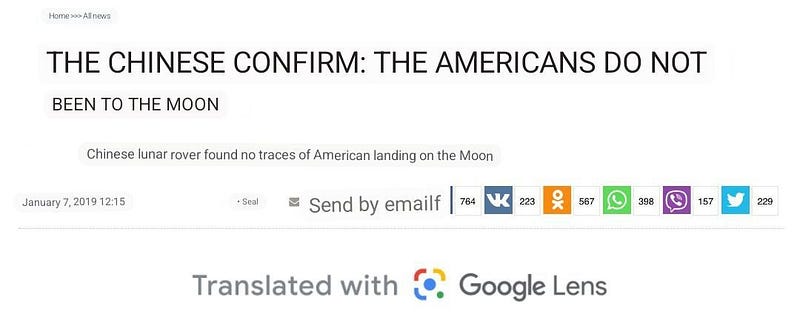
The rover landed on the far side of the Moon, far from any American landing sites, leading to a misunderstanding of its findings.
Conclusion: Understanding the Reality
This article was intended to clarify that many doubts about the authenticity of American lunar missions stem from a lack of understanding. It’s essential to differentiate between myths and verified information.
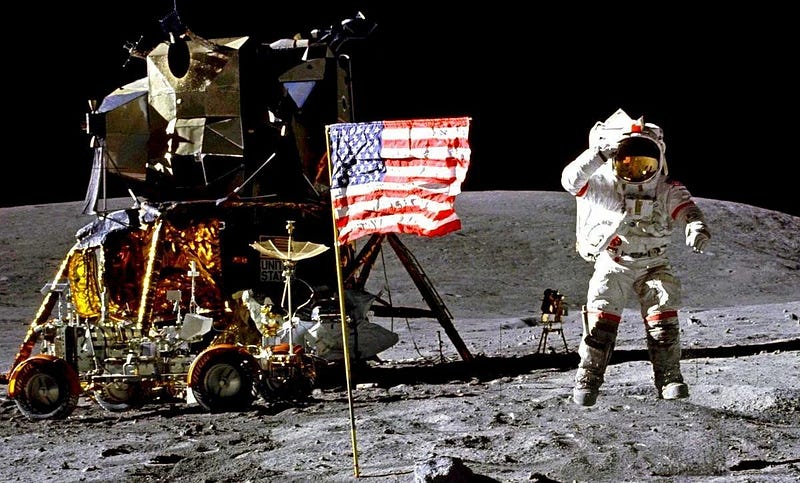
I’m not suggesting blind acceptance of the Apollo missions; rather, I encourage readers to explore the official accounts and evaluate the validity of claims made by skeptics.
Feel free to clap if you wish to see more space-related articles! Subscribe to our channel and leave questions for future discussions. If you appreciate my work, consider supporting me through this [link](#). It’s just $5 a month and will help produce even better content.